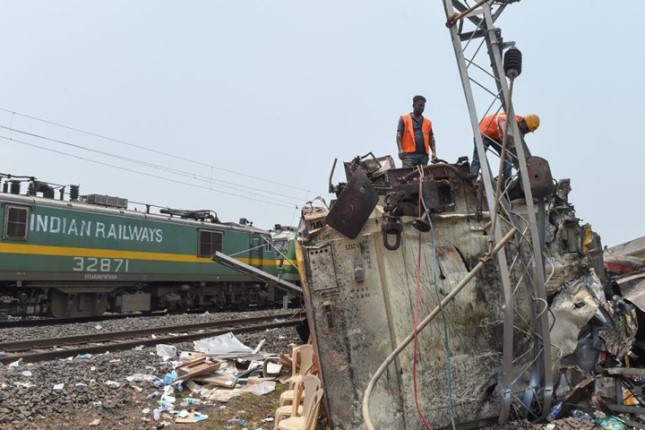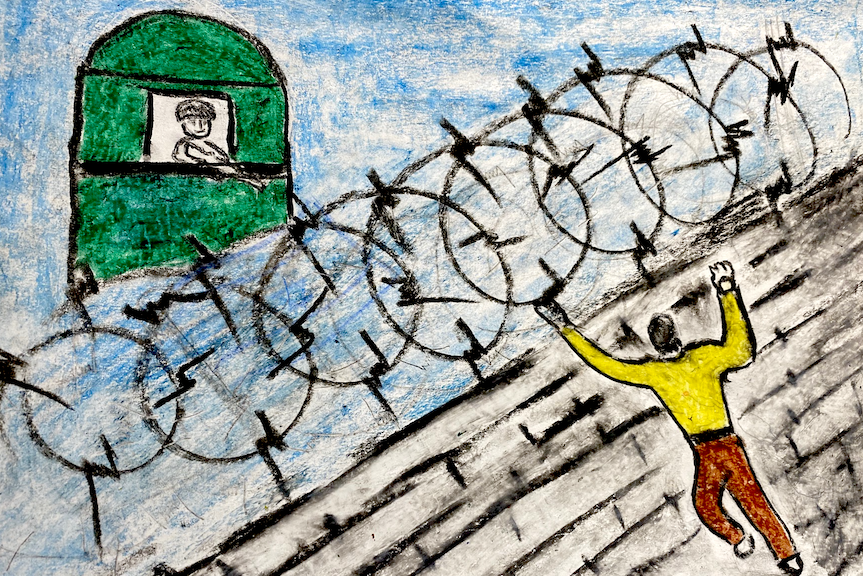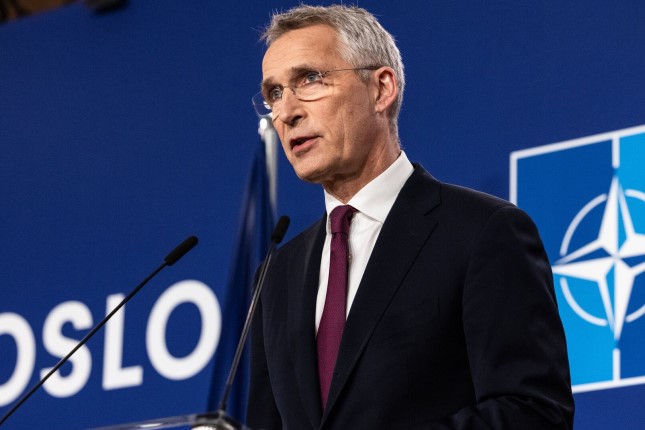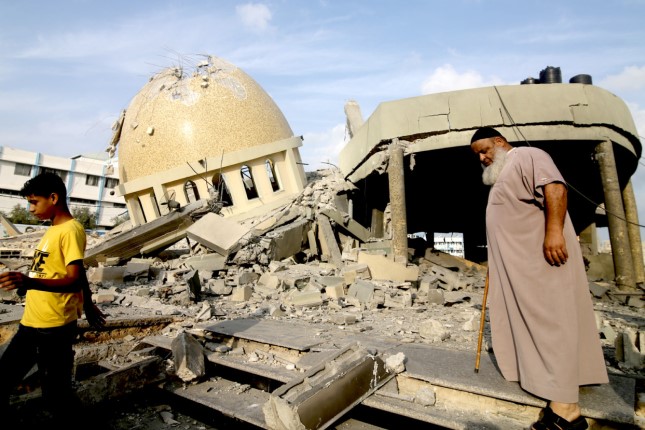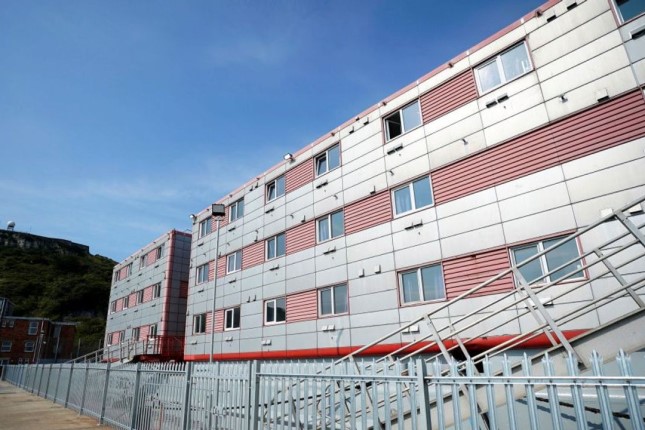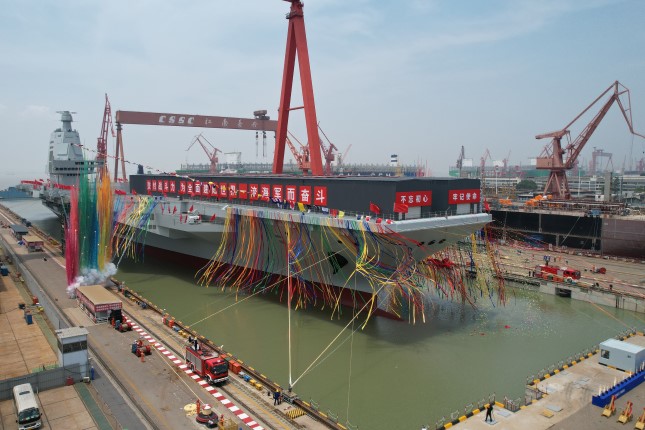What a tragic time for India. As we express our condolences for the victims, it is noteworthy that among the first news stories concerning India today, one is the heartbreaking train accident and the second news item is that Prime Minister Narendra Modi has been invited to speak at Capitol Hill on June 22. This will be the second time Modi addresses the US Congress, with the first occasion taking place in 2016.
According to some US media outlets, only three national leaders have had the privilege of addressing the US Congress twice thus far. Modi will become the fourth leader to receive this honorable opportunity.
We don't know how Modi will refer to the "worst train accident of the century" in his address or simply avoid mentioning it.
India has had much to showcase to US lawmakers. It has emerged as a crucial participant in the US Indo-Pacific strategy aimed at countering China. There are also discussions about the possibility of Washington permitting GE to manufacture engines for military aircraft in India.
Moreover, India has become one of the top destinations for foreign investment seeking to relocate from China, earning it the label of a potential alternative to Chinese manufacturing.
India's manufacturing sector has experienced significant growth, attracting global players such as Apple and Google. Consequently, some media outlets and research institutions in the US and Europe have initiated debates on whether India could eventually surpass or replace China as the world's leading manufacturing hub.
India has made significant investments in infrastructure in recent years, with rapid progress in the electrification of railroads. These achievements under Modi's administration are certainly noteworthy and worth bragging about.
We do not want to underestimate the pace of India's development, let alone disregard the potential of the world's most populous country. However, this train accident once again highlights the dual nature of India's industrialization and development process.
On one hand, India has demonstrated its capability to produce advanced rockets and missiles, positioning itself as a potential hub for high-tech manufacturing. On the other hand, India's industrial foundation remains relatively weak, posing the risk of setbacks and regression.
Of course, the path of industrial development for any country is not smooth. Many developing countries, including China, have faced challenges and obstacles in the development of their railway systems. However, India's situation is unique.
India's railway network was once a source of pride for the British Empire, and at the time of India's independence in 1947, it was considered a significant industrial asset.
It is astonishing that more than 70 years after the British colonial era, India's railways have experienced such a tragic accident. It is difficult to comprehend how a railway system that was once regarded as the most advanced in the world could have "declined" to its current state.
Is this issue a result of human error, or is it a systemic problem?
It is said that the train accident rate in India has been decreasing in recent years. However, according to the statistics from India's National Crime Statistics Bureau in 2021, nearly 18,000 large and small train accidents were reported.
Fortunately, this unique "dichotomy" of Made in India does not extend the issues of railroads to the manufacturing of rockets and missiles. The consequences would be unimaginable if even a slight extension of these problems were to occur in these highly sophisticated military sectors.
The problems revealed by this train accident highlight the issues that need to be addressed in India's next phase of industrialization. It is crucial to recognize that these problems cannot be swiftly and smoothly solved solely by relying on India's proud democratic political system.
What India currently needs is not just applause and praise, nor the pursuit of catching up or surpassing other countries. India needs to keep its head above the strategic lull of the West and focus on improving the quality of its population through solid and practical measures.
An important lesson India can learn from China's modernization is that sustainable development is difficult to achieve without the modernization of its people and the improvement of "software" aspects. Merely meeting modernization standards in terms of infrastructure alone is insufficient, especially considering India's population has surpassed that of China, making it the world's most populous country.
Source: The Global Times.
